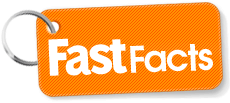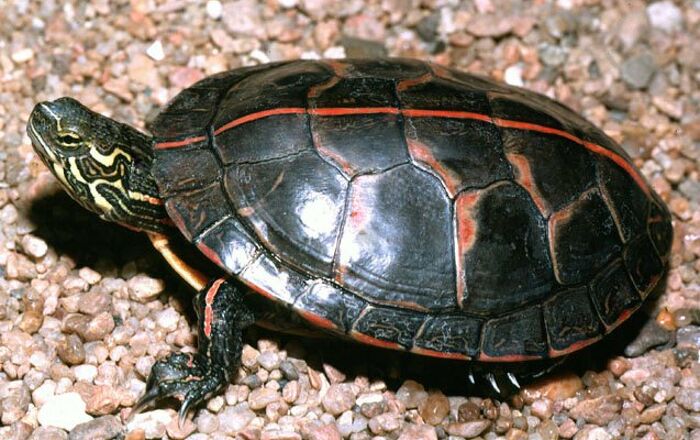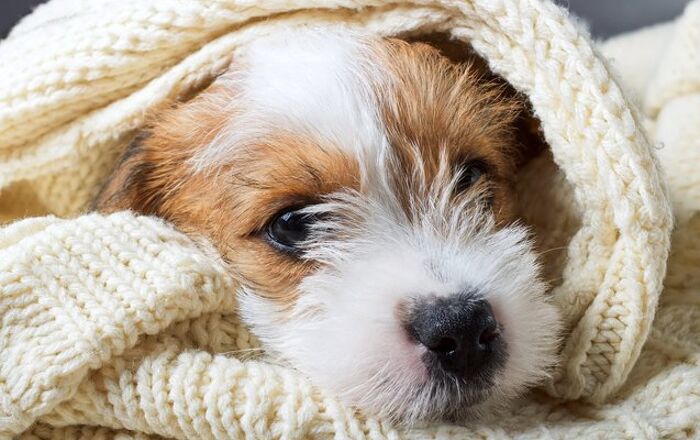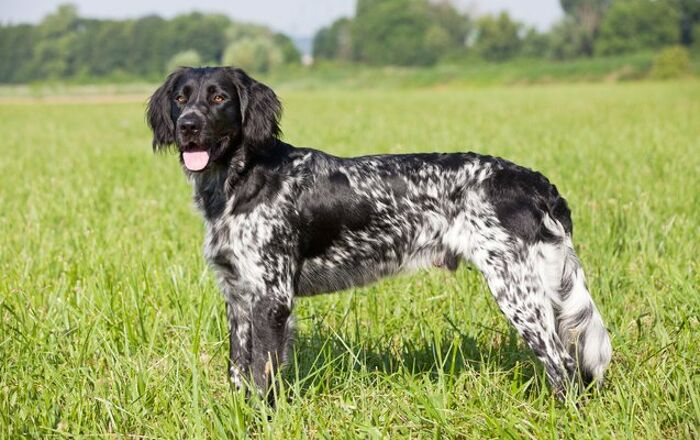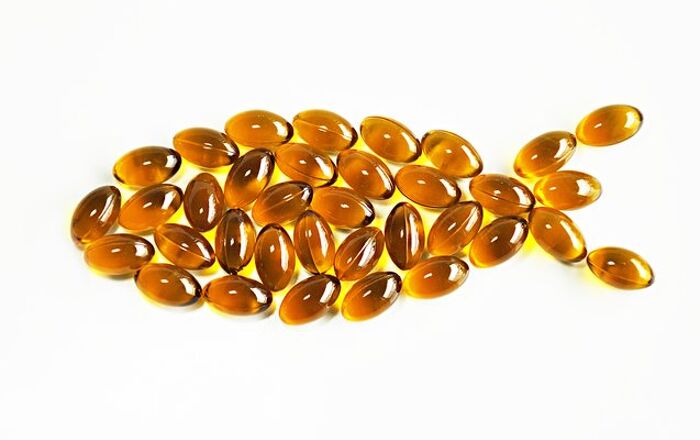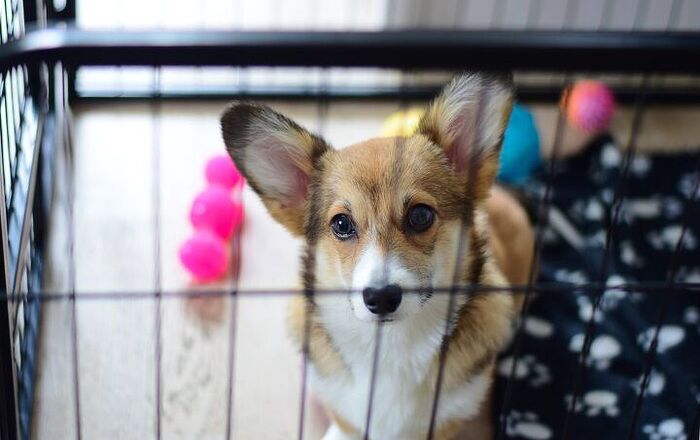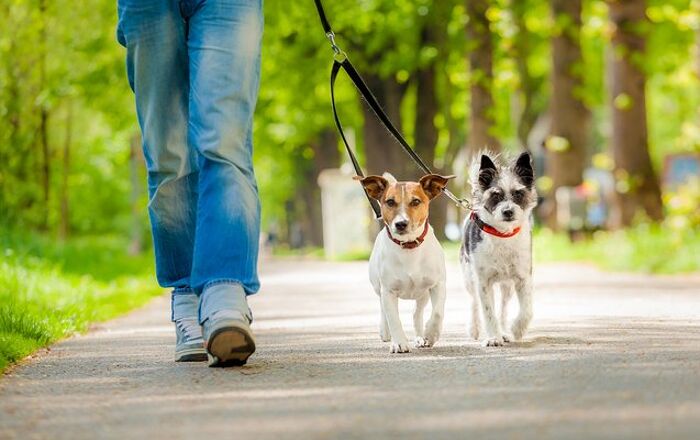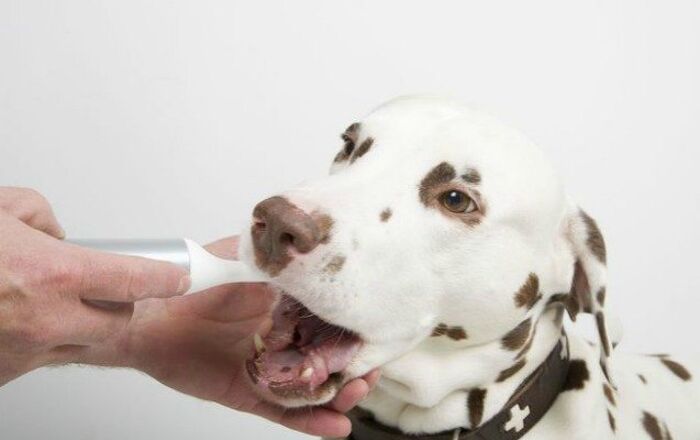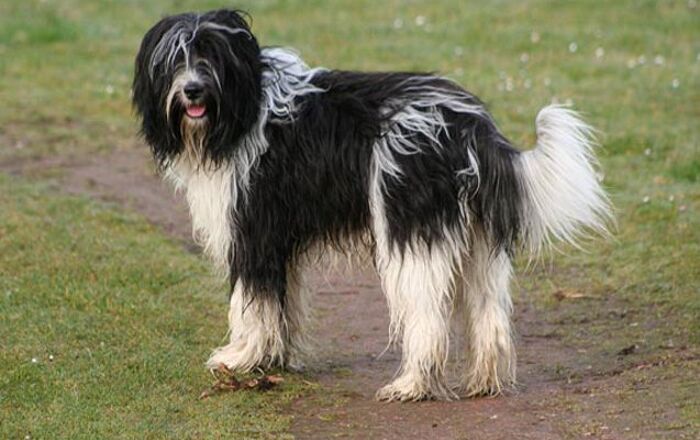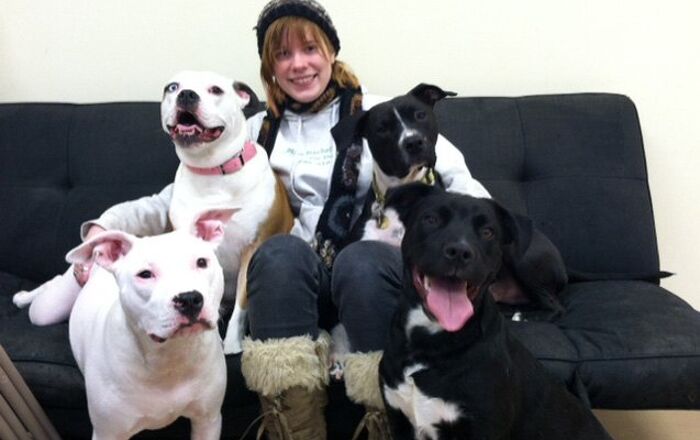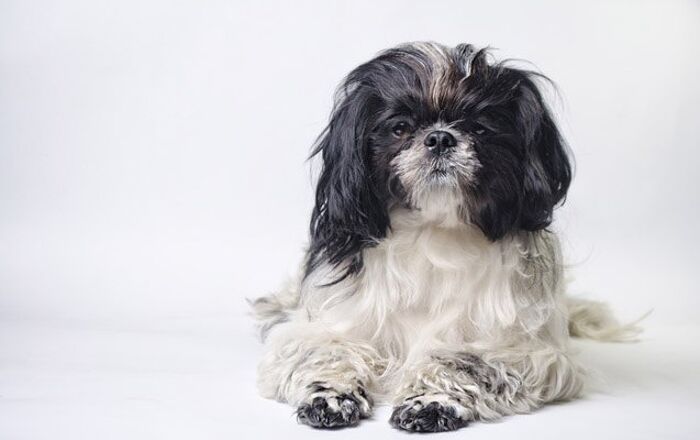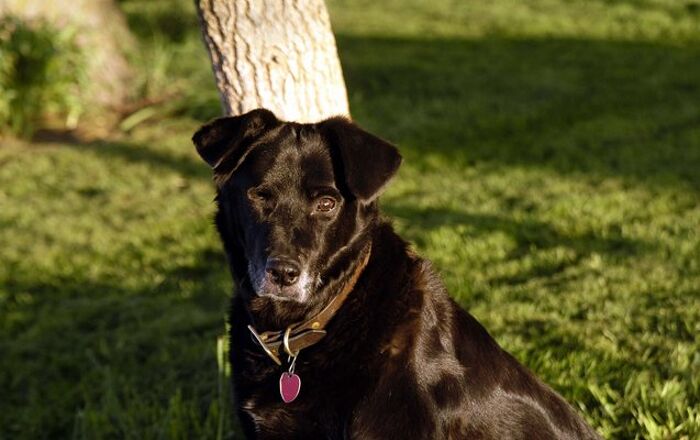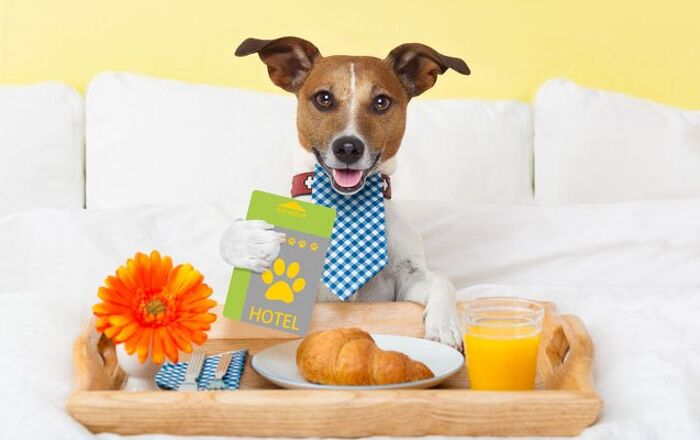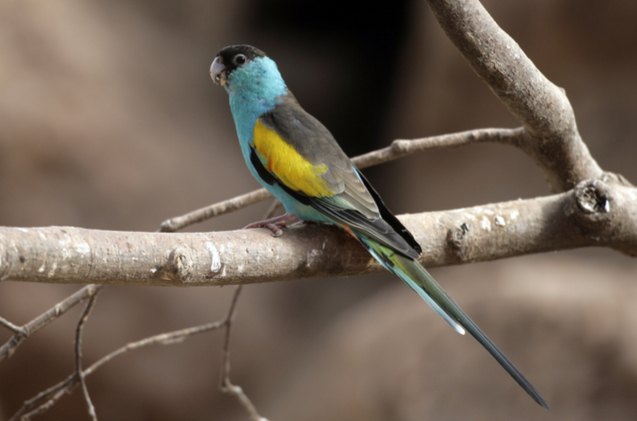
Hooded Parrot General Info
Owing to their truly unique appearance, availability, and ease of care in captivity, the Hooded Parrot quickly became an in-demand pet parrot. Becoming increasingly popular in the 1980s, mostly in Australia, these parrots have ever since established a name for themselves as hardy and loving pets. They captivate owners with their lively and energetic personality and the flashy and flamboyant appearance. Just like most members of the Australian Parakeet family, these parrots also display extreme dimorphism, which makes the females entirely different.
Whether you live in an apartment or in a house, you’ll find Hooded Parrot to be a lovely companion.
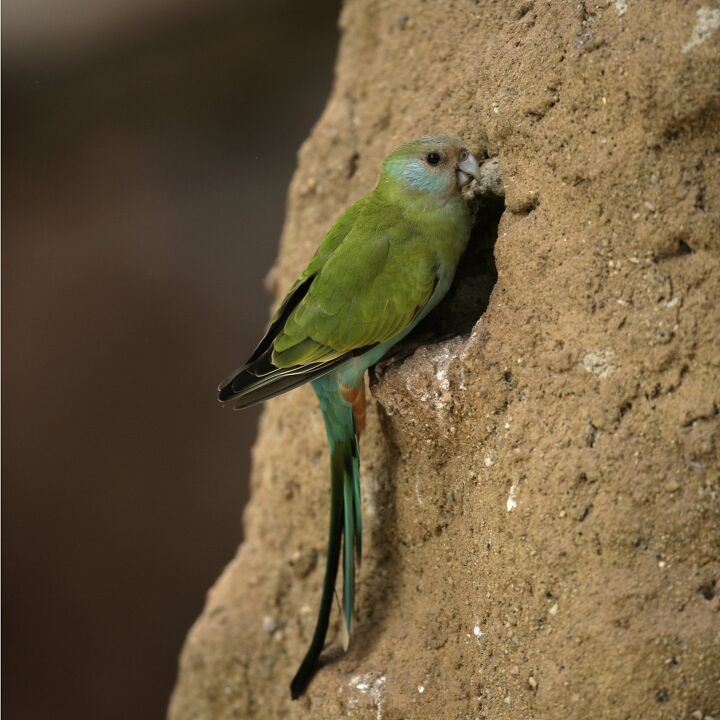
Native Region/Natural Habitat
These parrots are native to a part of Australia that is best known for being dry, arid and inhospitable – the Northern Territories. They are found in a wide region that spans from Mary and Daly rivers and stretches across the Northern territories all the way to the Carpentaria Gulf. Hooded Parrot thrives in Melaleuca woodlands, grasslands, termite mound areas and Eucalyptus woodlands along rivers. Luckily this breed is not endangered, and no decline has been recorded for more than ten years. Their biggest threats remain wildfires, overgrazing, and loss of habitat.
Overall Description
All Grass parakeets, particularly the Psephotellus family, display a lot of physical similarities. Some of the distinct features you can easily spot are the long and tapered tail, a distinct beak, and a chubby body. And of course, their extreme dimorphism. The adults reach an average length of 10 inches (26 centimeters) and will weigh 2 ounces (60 grams) on average. More than half of their overall length is actually their oversized tail. Even so, the Hooded Parrot will require a spacious cage. When placed in cramped conditions, the birds are at risk for a variety of health and behavioral problems.
Speech and Sound
The Hooded Parrot is not overly noisy. These birds mostly become vocal in aviaries, due to their territorial behavior when placed around other species of parrots. This is the reason why most owners prefer to keep them as house pets, either on their own or in pairs. Their natural calls are a combination of tweets and melodic chirps, some of which can occasionally be shrill. Still, provided they have enough room, a Hooded Parrot can be a suitable pet for both apartments and household settings.
Colors
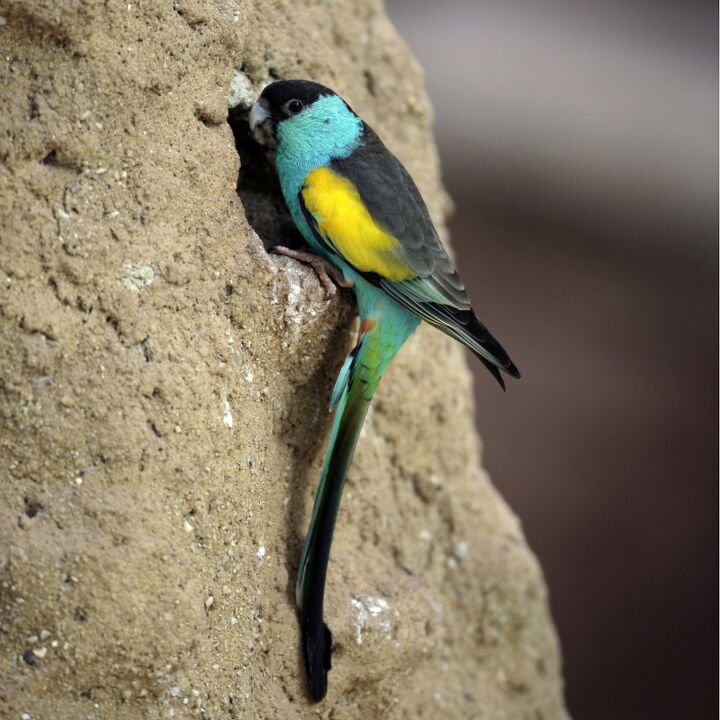
Easily one of Australia’s most striking parrot breeds, the Hooded Parrot leaves a lasting impression. The vibrant, bright colors in combination with the soft pastel tones, create an extravagant appearance. In addition, the major differences between males and females are all color related, so this provides even more variety color-wise. The males are mostly turquoise blue, very bright. Their wings are bright yellow, with the back being brown-grey. Their most distinct detail, and the one that gives them the name, is the top half of the head – it’s completely black. Starting with a diagonal line just below the eye, this black color gives an impression of a hood. The females are much simpler in their appearance, with the body being entirely olive green, with lighter tones on the chest and a brown patch on the forehead.
In addition to the natural feather colors, these parrots also come in a distinct yellow artificial color mutation.
Care and Feeding
Commercial seed mixes are a great choice for your pet Hooded Parrot. As grass parrots, seeds make up a large part of their natural nutrition, so you can’t go wrong there. One of the biggest concerns, though, is space. Most birds associations in Australia advise owners of this breed to provide as much exercise as possible, in order to ensure a healthy lifestyle for these birds.
Health and Common Conditions
When taken care of, Hooded Parrot will prove to be a healthy pet- luckily, they’re easy to look after. They are praised for their lifespan and sturdy nature. One thing to keep in mind is the aviary setting. Some larger birds might pick on them, and Hooded Parrot will surely become territorial during breeding time. That’s why it’s best to keep these birds as regular, cage parrots.
Hooded parrots display a long lifespan as pets. With good care, they can live up to 25 years.
Personality & Behavior
The Hooded Parrot can be a loving, rewarding pet parrot- if you meet its needs. They prefer to be the only feathery pet in the household and love to be in the spotlight of the family. With enough social interaction, they quickly display their inquisitive and often mischievous side, as they love to chew and mess up anything they can. To remedy this, you should provide a bunch of parrot toys or soft cardboard items. But in general, they become the perfect pet parrots when kept on their own and given a lot of affection and attention. Whether you live in an apartment or in a house, you’ll find this Australian breed to be a lovely companion.
Photo credit: Emi/Shutterstock
